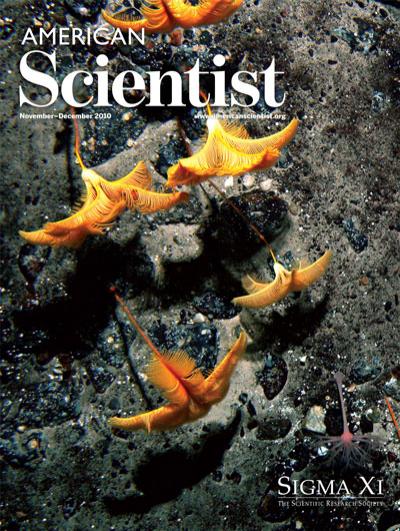Computing Science


In 2008, a deep-sea imaging system deployed by a New Zealand government research vessel, the Tangaroa, observed this new species of crinoids. Known popularly as sea lilies, the stalked marine animals are passive suspension feeders. These were observed 500 meters below the surface of the Ross Sea in Antarctica. As Craig McClain explains in "An Empire Lacking Food," the deep sea may be cold, dark and food-poor, but it is rich in examples of diverse organisms adapting to extreme environments. (Photography courtesy of David Bowden at the National Institute of Water & Atmospheric Research in New Zealand.)
The "neutral" part of the atom is far more than buffer or ballast—when viewed at the correct scale
School is not where most Americans learn most of their science
Click "American Scientist" to access home page